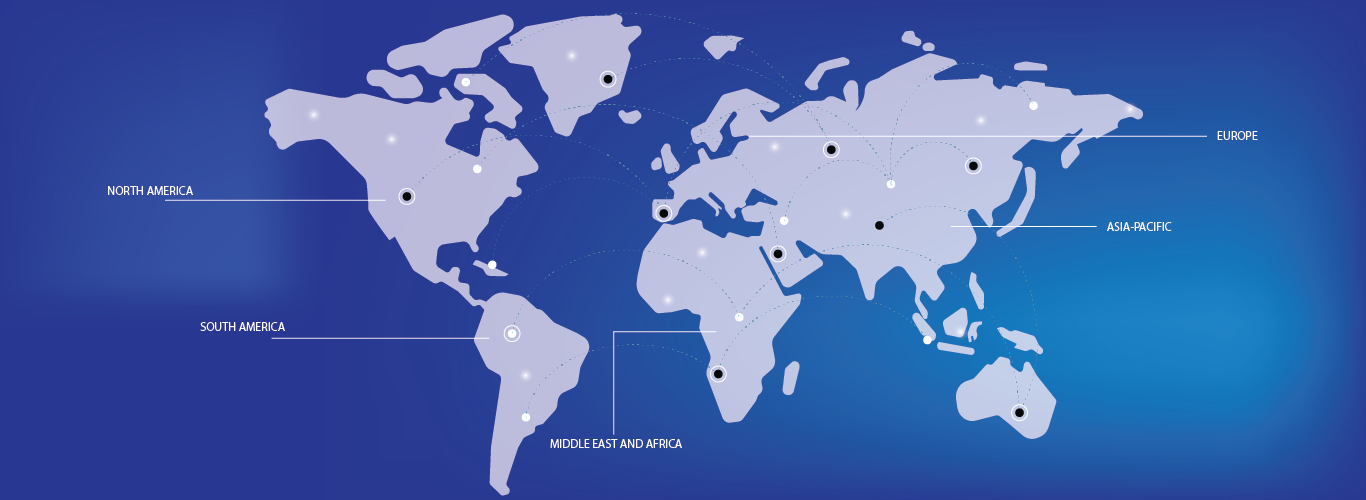The global propolis market is experiencing significant growth, driven by its diverse applications across various sectors, including pharmaceuticals, cosmetics, and food and beverages. Propolis, a natural resinous substance produced by bees, is renowned for its antibacterial, anti-inflammatory, and antioxidant properties. Research indicates that these bioactive compounds enhance immune function and possess therapeutic potential against various ailments, fostering increased consumer interest. Additionally, rising awareness of natural and organic products has bolstered demand, particularly in health and wellness. The market is further supported by innovations in extraction methods, improving the quality and efficacy of propolis products.







